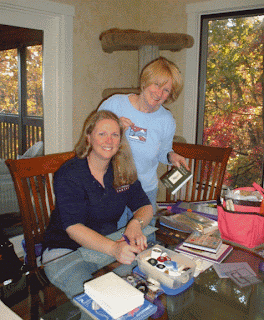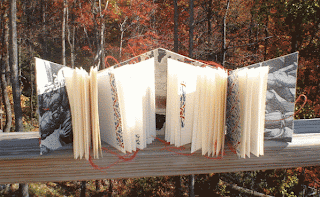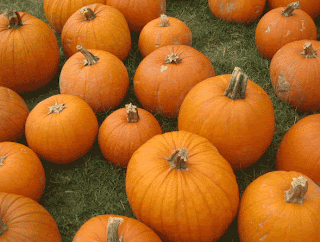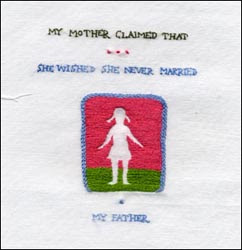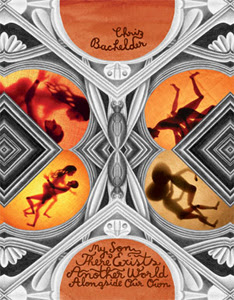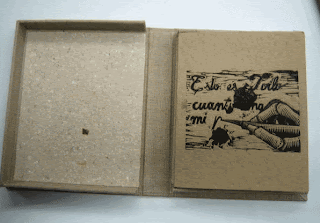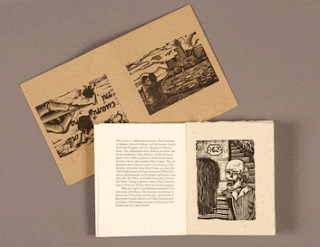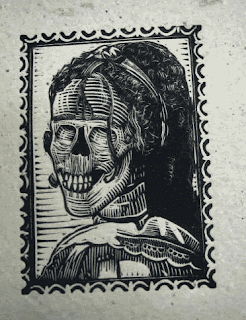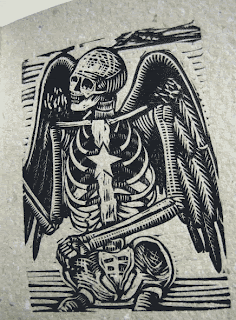
The right coffeehouse is one of my great pleasures. Whenever I want to get in a good long spell of uninterrupted reading I head to a coffeehouse. When I have a writing project that I have to concentrate on, a coffeehouse is usually my first choice. Why a coffeehouse rather than home? Well, at home I tend to feel that there are other things I should be attending to, say, all the weeding I'm always meaning to do but never get around to. And, of course, there's that pleasant feeling of being alone but in good company. I'll talk to people in a coffeehouse that I probaby wouldn't talk to elsewhere. It seems that by virtue of being there, you're part of the same club.
Bookstores with coffeeshops/cafes are particular favorites. My very first was in the late 70s when I was in Washington, DC for a conference: Kramerbooks and Afterwords in Dupont Circle (its
web site claims that it was the first bookstore/cafe in the country to feature cappuccino and espresso). When I moved to DC in the mid-90s, Kramerbooks had become a full-scale restaurant, and although its selection of books was still terrific, the food had started to wrestle with the books for attention, and the pace was too hectic for the kind of leisurely exploring that I like most.
It didn't take me long to find another great bookstore cafe hang-out, though. (Did you know that DC has the largest number of bookstores, per capita, of any city in the United States?). The wonderful
Politics & Prose was one Metro stop and a nice walk north of my Cleveland Park neighborhood. The coffeehouse was downstairs; the seating, besides the usual table and chairs, consisted of a large, old, plump sofa and a couple of mismatched chairs. I was usually there a couple of Sunday mornings a month. I enjoyed my Sunday
Washington Post with a cup of coffee and toasted bagel or big slice of pumpkin bread. I rarely left without buying a book (my post-breakfast browsing), but I never felt that it was part of the bargain for spending time there.
I should say that I'm an equal opportunity bookstore-cum-coffeehouse disciple. Given a choice, I'll opt for an independent, but I'm happy to spend time at Starbucks and Barnes and Noble too. (I'm also an equal opportunity book buyer. I buy at independent bookstores, chains, library book sales, flea markets, and online). I'm lucky now to live in a place that values bookstores and coffeehouses and the role they play in building community. As much as I find myself in them, I suppose I've come to take them for granted.
So it hit home today when I read an
article in the UK's
Guardian that the Iranian government has closed down the coffeeshops in four bookstores in Tehran this week. One of the coffeehouses is in one of the city's best-known bookstores, which regularly hosted readings by writers and had become a popular meeting place for literary types. The government justified the closures by saying that "the coffeehouses constituted an illegal mixing of trade," but critics believe that the move is aimed at restricting the gathering of intellectuals and educated young people, and that more closings will follow.
Such a small thing, I used to think, being able to enjoy books and coffee whenever and wherever you want, and being with others who want the same.





